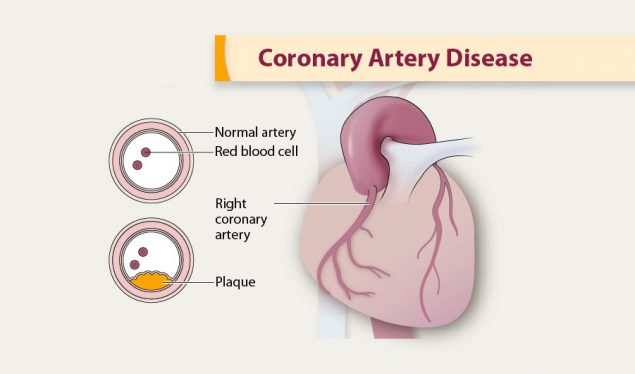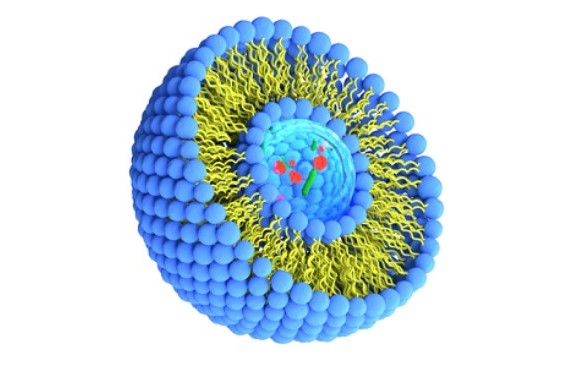
If you have high blood pressure or have diabetes, you may be at increased risk for coronary artery disease. You can learn more about coronary artery disease by visiting the U.S. National Library of Medicine or MedlinePlus. Exercise has a number of benefits that can help you avoid or manage symptoms. It can also improve bone strength, reduce stress, and even lower your risk of developing the condition. Getting plenty of exercise is the best way to stay healthy.
When you’re at risk for coronary artery disease, you’re more susceptible to heart problems and heart attacks. If you’re at risk for developing this condition, talk to your doctor about treatment options. Your doctor will give you treatment options based on your specific symptoms and health history. For instance, a medication might not be enough to alleviate symptoms. In some cases, you can undergo an invasive procedure to repair damaged arteries.
Another treatment option for this disease is called enhanced external counterpulsation (EEC). This procedure involves inflatable cuffs that squeeze the blood vessels of the lower body to improve blood flow to the heart. In this procedure, the heart is treated with a drug that can reduce the amount of cholesterol in the blood and create natural bypasses around the coronary arteries. This is an alternative treatment that does not require surgery.
Coronary artery disease can lead to a heart attack, stroke, or heart attack. This is an extremely serious condition and should be treated by your doctor. However, treatment options are available. Fortunately, there are several ways to reduce the severity of symptoms. By identifying your symptoms and making the right treatment choices, you can improve your overall health. There are also many medications that can help treat and manage coronary heart disease.
Symptoms of coronary artery disease are usually mild and can be cured over time. However, in severe cases, heart failure can develop. The disease is caused by too much plaque in the arteries. As a result, the arteries narrow and block the flow of blood to the heart muscle. In severe cases, the heart muscle can eventually fail. In such situations, the person will have to undergo surgery or take medication. This procedure is also known as EEC.

Those at risk for CAD should seek immediate treatment. Often the disease leads to a heart attack or other serious cardiovascular problems. In an emergency, your doctor will suggest treatment for CAD. During the procedure, the inflatable cuff will compress the vessels in the legs and lower body. This will increase blood flow to the heart and prevent it from narrowing. During an emergency, contact a healthcare professional.
Patients with CAD should consult their doctor and website regularly www.healthsouthsunrise.com to monitor their condition and receive the most appropriate treatment for their symptoms. They should also be aware of any other signs or symptoms of an illness that affects their health. A heart attack is a medical emergency that requires immediate medical attention. The best treatment for a person suffering from CHD is to find a qualified doctor who specializes in this disease. You can treat your condition with a variety of treatments.
Despite the serious consequences, this condition is treatable. If you have chronic stable angina, an inflatable cuff may be prescribed for you. It is an effective treatment for patients with stable angina
who cannot take medication. The procedure is non-invasive and causes no side effects. This procedure is a good choice for chronically ill people who do not experience any symptoms. Those who cannot get relief from medication may choose this alternative.
The symptoms of CAD include chest pain. A heart attack occurs when a person’s coronary arteries become clogged with too much plaque. The heart muscles need oxygen to stay healthy, and a lack of blood supply can lead to a death or a heart attack. A doctor can monitor your symptoms to determine which treatment is best for you. When a patient is experiencing chest pain, your physician may recommend the use of an inflatable cuff.
